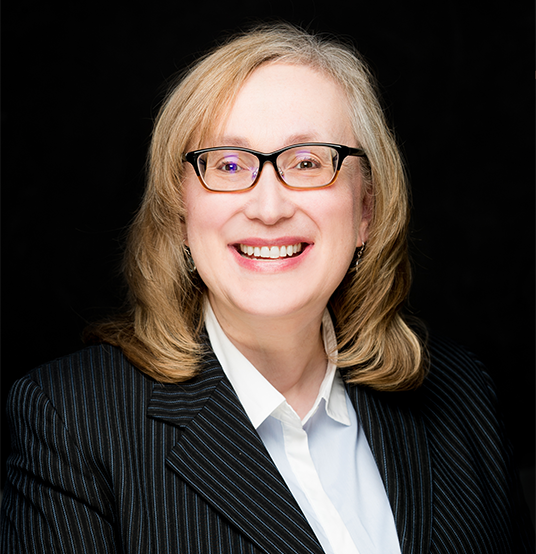In the second part to SRP’s discussion with structured products platform InvestDEFY, co-founders Margaret Paproski and Aaron Samsonoff detail the educational materials available on the platform, regulatory hurdles the firm faced when dealing with cryptocurrency as a theme, as well as what the US market can anticipate within the industry.
Paproski (pictured) says that the approach the firm has tried to take in terms of further educating clients and investors, was to be as transparent as possible.
“For example, if you look at our two index offerings, our website not only has a high-level factsheet that people can download, but it also lists the 20 components in each index and has live data on the performance of each of those 20 components, so you can see how each of those components is performing,” she said.
Not only do we need to be thinking about our own offerings, but also about the various exchanges and counterparties that we deal with - Margaret Paproski
The firm also shows the list of the top 50 potential components in the universe that would be eligible for selection as it is rebalanced and updated monthly. Clients can gain access to detailed methodology documents that allow them to see exactly the methodology of the indexes.
“One of our other offerings is what we're calling crypto paper, which is a short-term fixed yield offering. It’s attractive if you're trying to deploy some of your balance sheet and still want to maintain liquidity,” she said.
According to Paproski, there continues to be great uncertainty from a regulatory standpoint, especially considering the global nature of crypto and that each jurisdiction has its own regulatory regime, with the goal of protecting its investors.
“From our side, not only do we need to be thinking about our own offerings, but also about the various exchanges and counterparties that we deal with. We're also seeing some positive momentum as some jurisdictions are saying that they are focused on becoming crypto friendly,” she said.
One area in which the market will see statements from regulatory authorities would be around DeFi, according to Paproski.
“This would be a challenge as regulators tend to want to put everything into an existing framework and into an existing bucket. However, the existing framework is based on a completely different financial system and focused on third-party intermediaries that DeFi is focused on cutting out, so I think it'll be interesting to see where they go with that.”
As the demand for crypto structures heats up, Aaron Samsonoff (right) says that there are assets such as Bitcoin and Ethereum that revolve around the concept of self-custody. This is one area that individuals that believe in that ethos would not be interested in such a structured product.
“For instance, if you buy and hold your Bitcoin self-custody in a wallet, you've now removed counterparty risk from it sitting on an exchange or someone else taking care of custody for you.
You're able to retain self-sovereign custody of the assets. I think most individuals that are now playing in this space are looking for opportunities to earn yield off their assets,” said Samsonoff.
The firm is starting to see the rise of structured products on chain, specifically within more basic call and put writing strategies.
According to Samsonoff, the industry will continue to see DeFi yields compress, which feeds into this multi-chain world where several yield farmers are now looking to other chains to attain comparable yields. This does come with accompanying risk.
“We're also going to continue to see the rise of decentralized autonomous organizations or what are referred to as DAOs. They're a major influential source of capital talent who can come together provide funding and then use it in a real-world use case,” he said.

